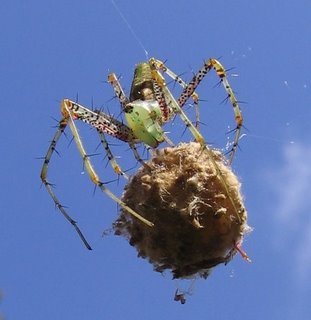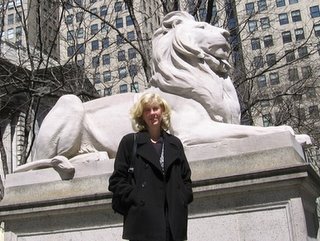
Hey, that was fun! I got quick and correct responses back from Chelsea, Jackie, and Stephanie. The answer to the question below is indeed c: there are 8 homologous pairs.
Here's your next question -- this one is short answer, and you have to explain your answer.
- There are three ways genetic variablility is generated in the offspring of sexually reproducing organisms like most animals. What are they?
- For extra brain stretching, think about organisms like plants, lizards and insects that reproduce asexually. What kind of variablility would their offspring still have?














